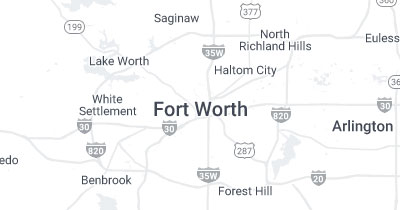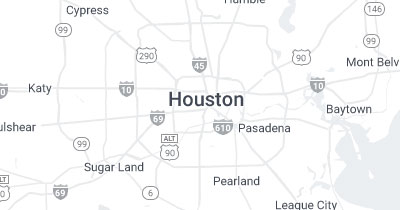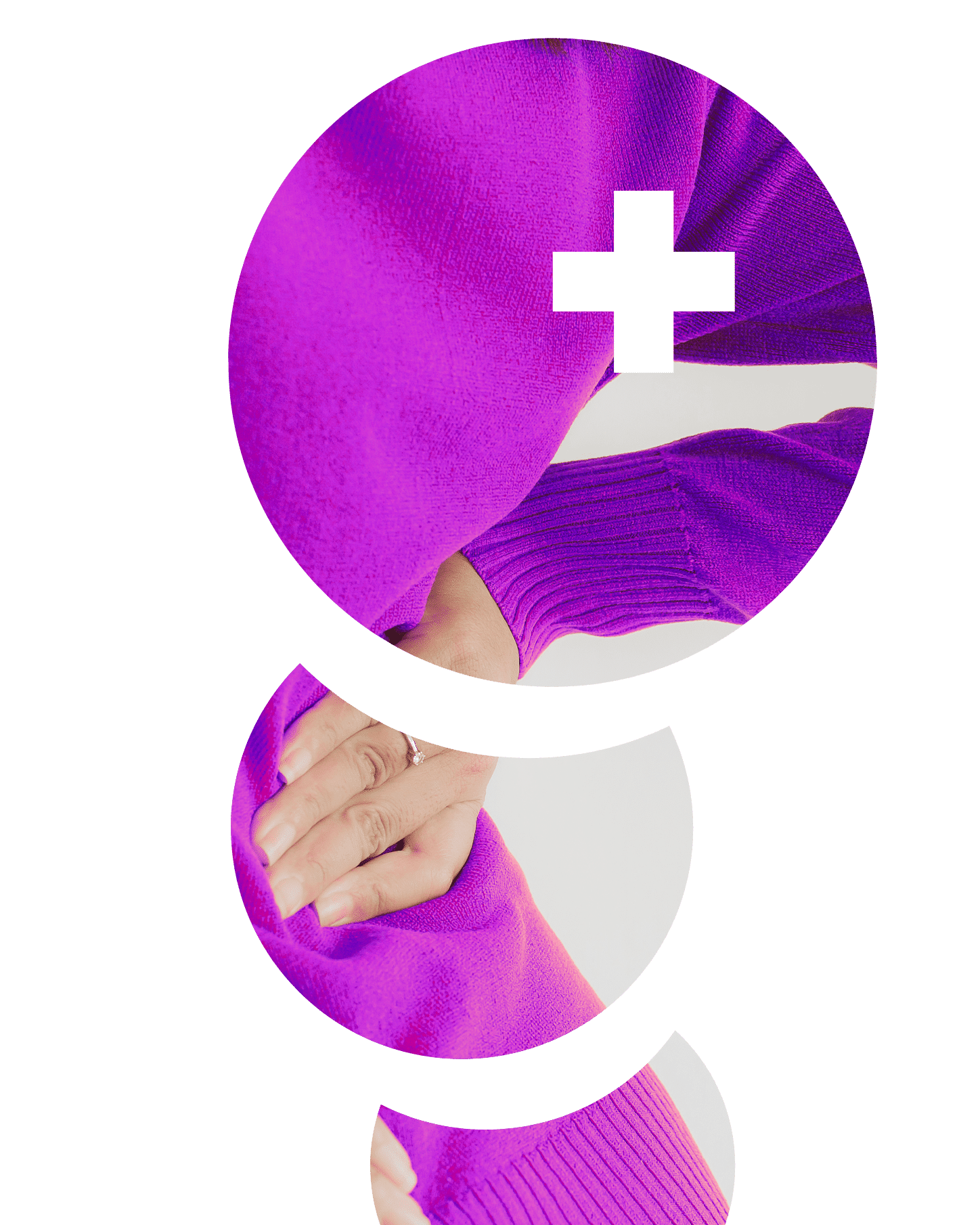Common Spine Conditions
Herniated Disc
A herniated disc refers to a problem with one of the rubbery cushions (disks) between the individual bones (vertebrae) that stack up to make your spine.
Pinched Nerve
A pain in your neck or back that does not go away on its own, then it could mean that you have a “pinched nerve”. Remove unwanted neck pain today!
Facet Disease
Facet joints are the structures that connect the spinal vertebrae to each other and has a cartilage lining that allows the bones to glide smoothly over each other.
Spinal Stenosis
Spinal Stenosis is the narrowing of the bone channel occupied by the spinal nerves or the spinal cord. Cervical spinal stenosis is more dangerous than lumbar spinal stenosis.
Degenerative Discs
Degenerative disc disease is one of the most common causes of low back and neck pain. These areas of the spine undergo the most motion and stress and are most susceptible to disc degeneration.
Arthritis
Arthritis is inflammation of one or more of your joints that include joint pain and stiffness, which typically worsen with age. Osteoarthritis and rheumatoid arthritis are common.
Scoliosis
Scoliosis is a sideways curvature of the spine that occurs most often during the growth spurt just before puberty. Severe scoliosis can be painful and disabling.
Spinal Osteoarthritis
Osteoarthritis is the most common form of arthritis, affecting millions of people worldwide. It occurs when the protective cartilage on the ends of your bones wears down.
Bulging Discs
Bulging discs occur when pressure on spinal disc damages a healthy disc, causing pressure on spinal nerves, causing pain and inflammation.
Foraminal Stenosis
Foraminal Stenosis is the narrowing of the cervical disc space caused by an enlargement of a joint in the spinal canal, and symptoms include nerve pain.
Spondylolisthesis
Spondylolisthesis is a condition in which one bone in your back (vertebra) slides forward over the bone below it. It most often occurs in the lower spine (lumbosacral area).
Sciatica
Sciatica is when a patient is suffering from pressure on the nerve which causes pain to go down the extremities, oftentimes to the foot such as a herniated disc.
Ankylosing Spondylolisthesis
Ankylosing spondylitis is an inflammatory disease that, over time, can cause some of the vertebrae in your spine to fuse. This fusing makes the spine less flexible.
Kyphosis
Kyphosis is an exaggerated, forward rounding of the back. It can occur at any age but is most common in older women. Kyphosis is often due to weakness in the spinal bones.
Myelopathy
Myelopathy is an injury to the spinal cord due to severe compression that may result from trauma, congenital stenosis, degenerative disease or disc herniation.
Cervical Stenosis
Cervical spinal stenosis, also called cervical stenosis, occurs when the neck’s protective spinal canal narrows due to degenerative changes or trauma.
Radiculopathy
Radiculopathy is a condition due to a compressed nerve in the spine that can cause pain, numbness, tingling, or weakness. Radiculopathy can occur anywhere in the spine.





